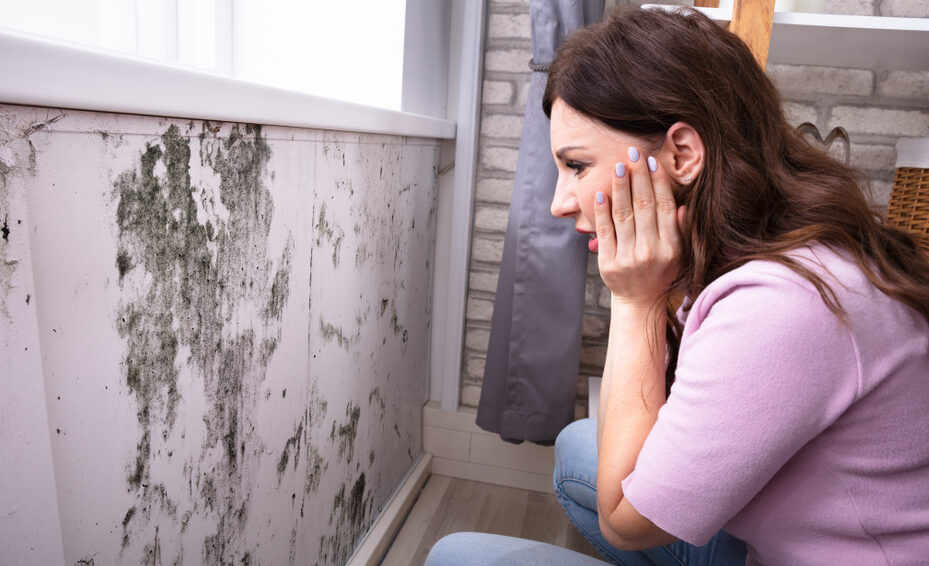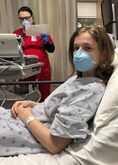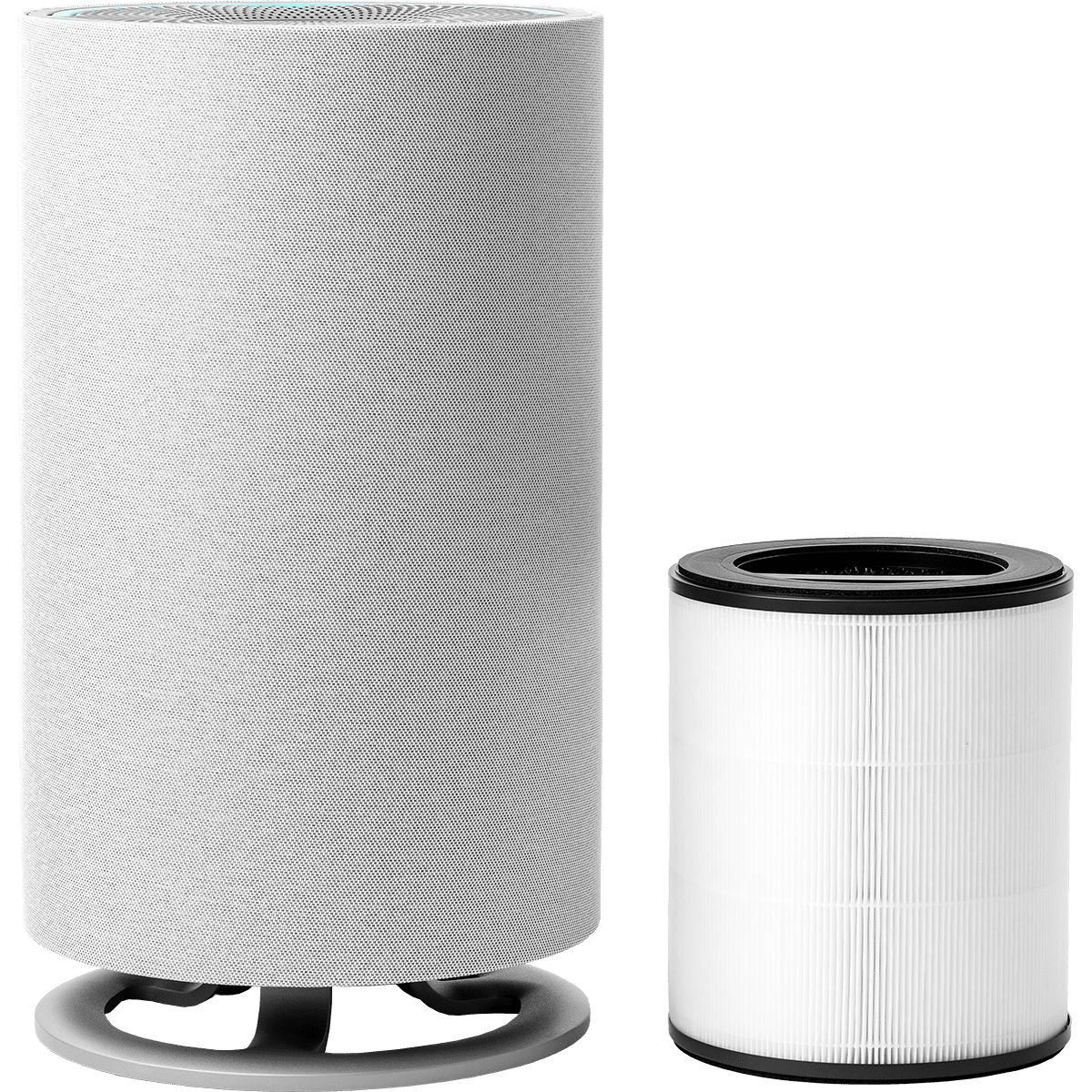Mold Allergies

Why Toxic Mold Causes Allergies & Sickness
By The Air Purifier
There are more than 100 kinds of mold, only some of them are known to cause allergic reactions or sickness in humans. One type of mold that can cause serious health problems in your home or office is Black Mold like Stachybotrys Chartarum and Aspergillus.
Mold Spores
If you have an allergy to mold, its presence in your home can make you feel sick and ill. It is actually Mold Spores in your home or office that can have a negative impact on your health. The symptoms triggered by mold exposure can vary from person to person.
Mold Releases Spores, which can become airborne and inhaled into the lungs of person(s) living in the home. Some spores produce Mycotoxins, or Toxic compounds. Mycotoxins on mold spores have been linked to serious health problems and disease. (1)
Mold Exposure Symptoms
For each person, the immune system identifies the spores as Foreign Particulates. The body's response varies, depending on the individual's level of sensitivity to the mold spores as well as to existing health factors.
The list of common symptoms you may experience due to a mold allergy is long. The symptoms resemble what you may expect from a cold or hay fever. In addition to sneezing, you may have a runny nose that keeps you reaching for a tissue.
Here is a larger list below:
- Eye Irritation / Damage - feeling itchy or watery for no reason.
- Postnasal Drip - that leads to coughing.
- Respiratory Illness - see mold illness below.
- Skin Irritation - dry skin that eventually develops scales or rash.
- Stuffy Nose - the need to clear your sinuses.
- Throat Irritation - feeling itchy or scratchy, requiring a cough drop.
- Other - headaches, dizziness, disorientation, brain fog and fatigue. (2)
For people who live in older homes with damp basements, the symptoms may occur all year. For other individuals, their symptoms may occur only during the winter or rainy seasons.
Mold Illness
 While mold spores in the home is dangerous for anyone, they are even more harmful for people with compromised immune systems. In addition to cold-like symptoms, the body may experience more severe reactions to mold, including chronic conditions.
While mold spores in the home is dangerous for anyone, they are even more harmful for people with compromised immune systems. In addition to cold-like symptoms, the body may experience more severe reactions to mold, including chronic conditions.
Exposure to mold can lead to mucous-membrane and skin infections in people with poor immunity.
Serious Mold Illnesses
- Allergic Fungal Sinusitis - is a serious fungal infection located in the sinuses due to environmental mold exposure.
- Hypersensitivity Pneumonitis - a serious condition leading to inflammation of the lungs due to exposure to mold spores.
Perhaps the most commonly experienced severe reaction to mold spores occurs in people with Asthma, a respiratory disease in which breathing becomes restricted as the individual's airway becomes inflamed.
Wheezing, Shortness of breath, Tightness in the chest and coughing are symptoms of asthma. When asthma and a mold allergy are both involved, the individual is likely to experience a severe asthma attack when exposed to the mold.
Long Term Mold Exposure
If you have been exposed to toxic mold spores for an extended period or want to know if you could be highly allergic to mold spores than get a Mold Blood Test.
Black Mold
Stachybotrys Chartarum is a greenish-black mold that can grow on material with a high cellulose content, such as fiberboard, gypsum board and paper. (3)
Solutions for Toxic Mold Growth
1. Air Purifier can Remove Toxic Mold Spores in the Air.
2. Dehumidifier can Prevent Toxic Mold Growth on Surfaces by lowering humidity in Air.
3. Steam Cleaner can Kill Toxic Mold on Surfaces.
4. Mold Air Test Kit can Detect Toxic Mold Spores in the Air.
Mold Removal
If the mold in your home has not spread, you can try to remove the mold yourself (DIY), here are some Easy Mold Removal methods. If you see mold is widespread in your home and cannot be removed by yourself here are some tips to find a Mold Removal Company.
Conclusion
When a person breathes in mold spores, the immune system responds in ways that are unpleasant. While prescriptions and over-the-counter medications can help to manage your symptoms, reducing your exposure to it produces better results.
References
(1) How to get rid of Mold in the House - https://theairpurifier.org/mold/black-mold-removal-guide - retrieved Nov 12, 2020.
(2) Mold and Your Health - Illinois Department of Public Health - Environmental Health Fact Sheet - retrieved Nov 23, 2020.
(3) Stachybotrys Chartarum - Centers for Disease Control - https://www.cdc.gov/mold/stachy.htm - retrieved Dec 15, 2020.
Last Update: Apr 9, 2024
Related Articles
Spotlight
Best Mold Purifier
Filter out Dangerous Allergens like
- Mold Spores
- Viruses & Bacteria
- Smoke, Pollen, Dust Mites
- Volatile Organic Compounds
Medical Grade Air Filtration
Allergy & Asthma Friendly
Order Now >>
 Disclaimer: Articles not intended to Diagnose, Treat, Cure or Prevent Diseases.
Disclaimer: Articles not intended to Diagnose, Treat, Cure or Prevent Diseases.
Issues | Products | Supplements | Testing



